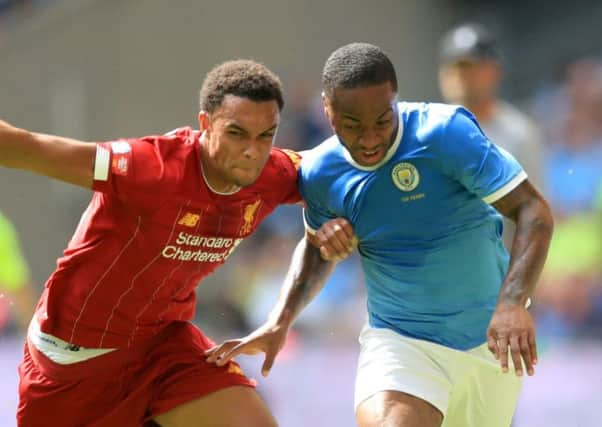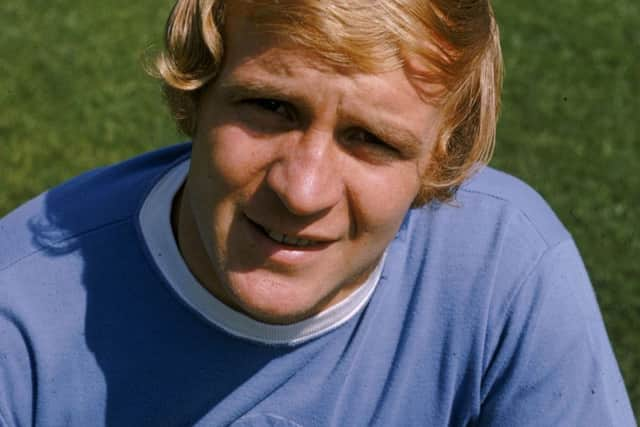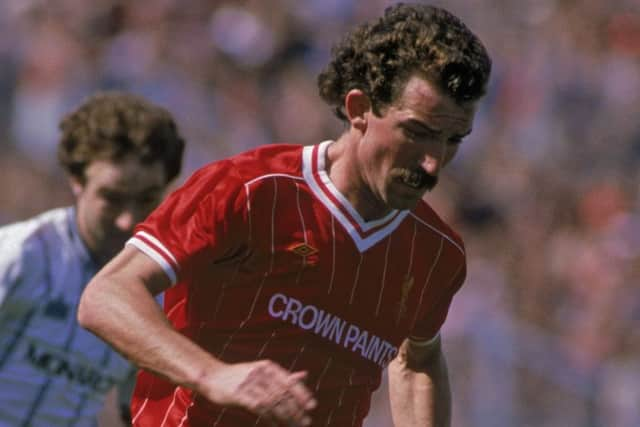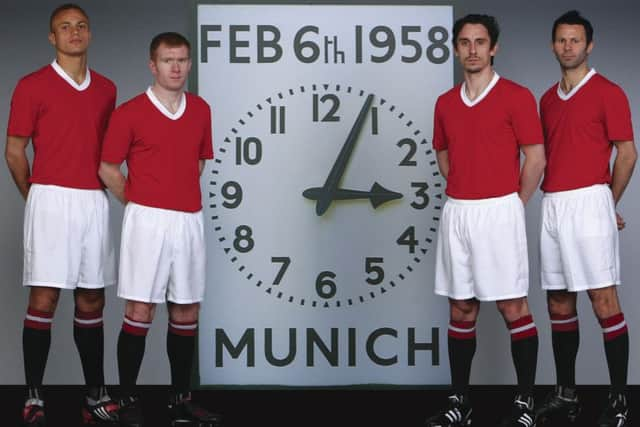Sporting Soapbox: Man City and Liverpool’s retro kits are all very well...but the numbers don’t add up!


How refreshing was it to see a nod to the past in Sunday’s Community Shield clash between Manchester City and Liverpool?
The Reds were decked out in a kit with a distinctly 1980s flavour of the Graeme Souness and Alan Hansen-era Liverpool.
Advertisement
Hide AdAdvertisement
Hide AdCity went a step further, stepping out at Wembley in a strip bearing no sponsor’s logo and based on the late 60s/early 70s vintage, complete with old-style numerals on their backs.


It isn’t the first time a Manchester club has glanced back to the future – in 2008 Manchester United wore a one-off outfit against City to mark the 50th anniversary of the Munich air disaster at Old Trafford.
It was easily the best strip United have worn since the 1970s, especially when weighed against such ghastly efforts as last season’s Dennis the Menace-inspired combination.
But as much as I enjoy the nostalgia of it all, what I’d far rather see a return to is the numbering of shirts from one to 11.
Advertisement
Hide AdAdvertisement
Hide AdStadium announcers are all very well but when No.12 appeared on the pitch at the start of the second half, you KNEW a substitution had been made. You could even work out who had gone off.


And anyway, who in their right mind thinks having a No.77 or No.49 in the squad is a good idea when you can only have 25 players plus a few home-grown youngsters to choose from?
Okay, I get it. Clubs earn big money from printing names and squad numbers on shirts but if you really want ‘Kane’ or ‘Pogba’ on your back, what does it matter if he has a different number from week to week? George Best is revered as one of United’s greatest No.7s, but I recall him wearing 8, 10 and 11 regularly.
So by all means get ‘‘Martial’ on your replica kit. If he wore various numbers throughout the season, dependent upon which position he played in a match – 11 for on the wing, 9 for through the middle for example – would it make such a difference to the fans?
Advertisement
Hide AdAdvertisement
Hide AdThese days it takes barely minutes to apply heat-treated lettering and numerals to a shirt, so clubs could easily still include players’ names on the back of the first team’s matchday jerseys anytime right up to kick-off on a matchday.


In an age of constant change in the game – from goalline technology, new rules about goalkicks and, of course, the introduction of VAR this season – what a breath of fresh air it would be to see your side run out with the right-back wearing No.2 and the wingers sporting 7 and 11 on their backs.
It’s time we had a little bit of the old to accompany the new in football, and for the FA and the EFL to play the numbers game.